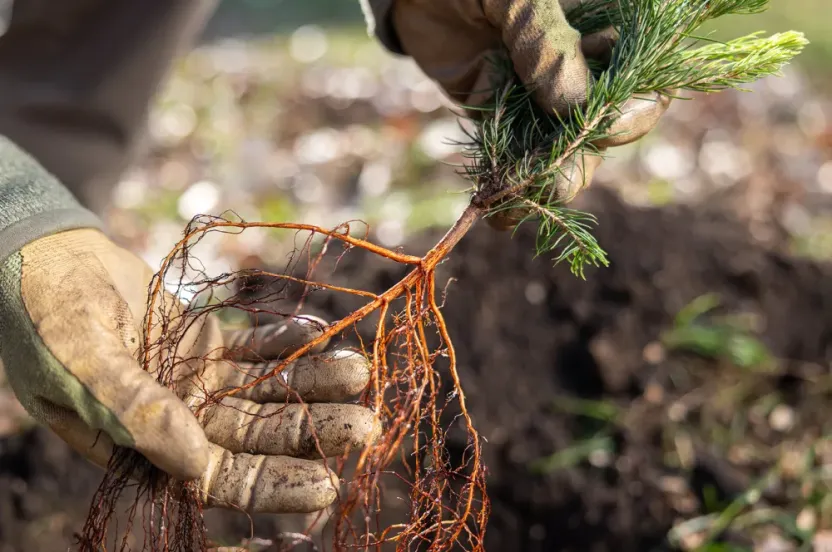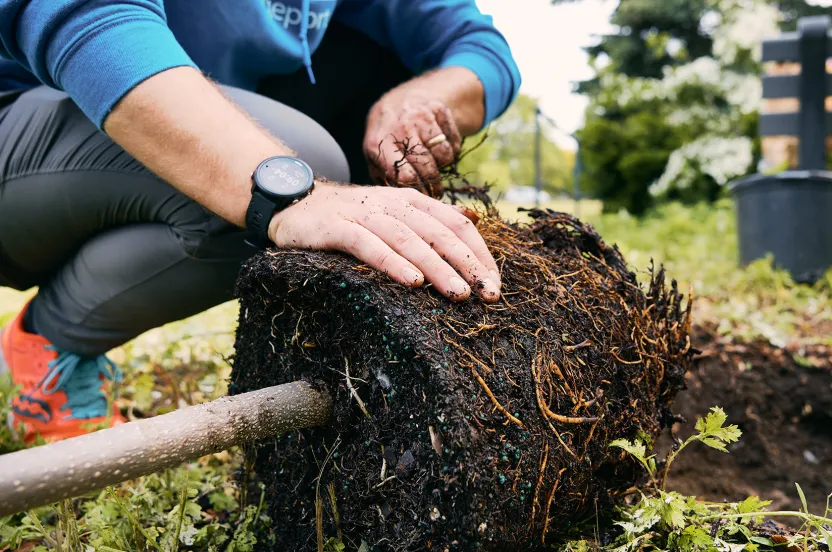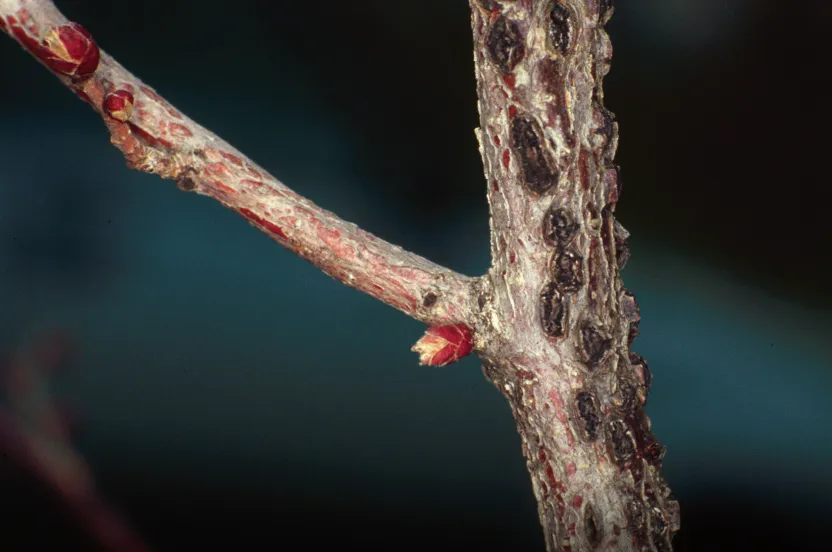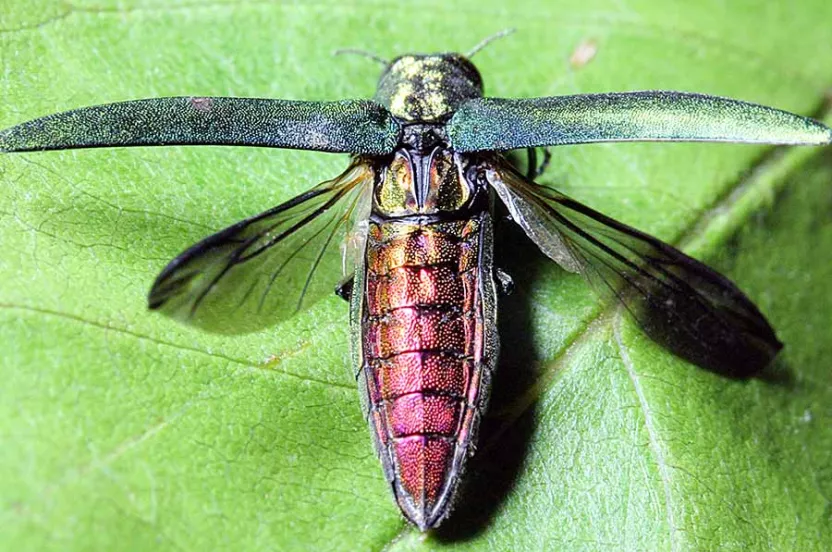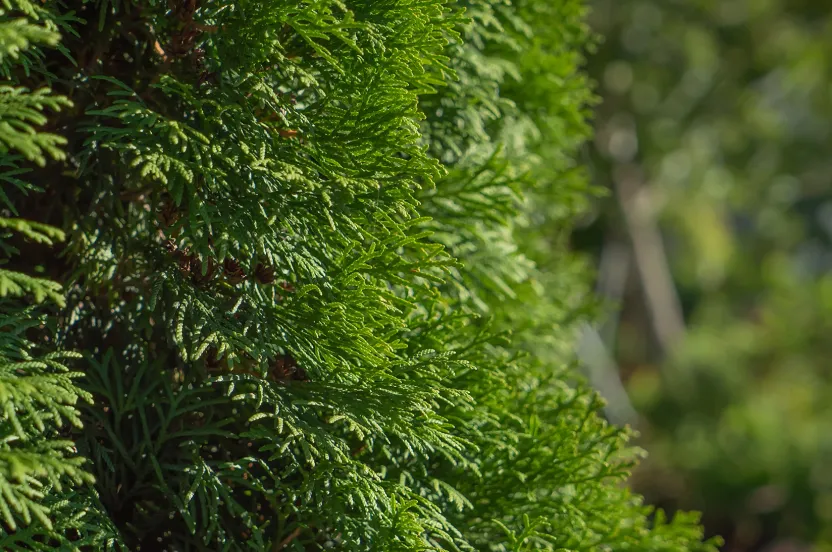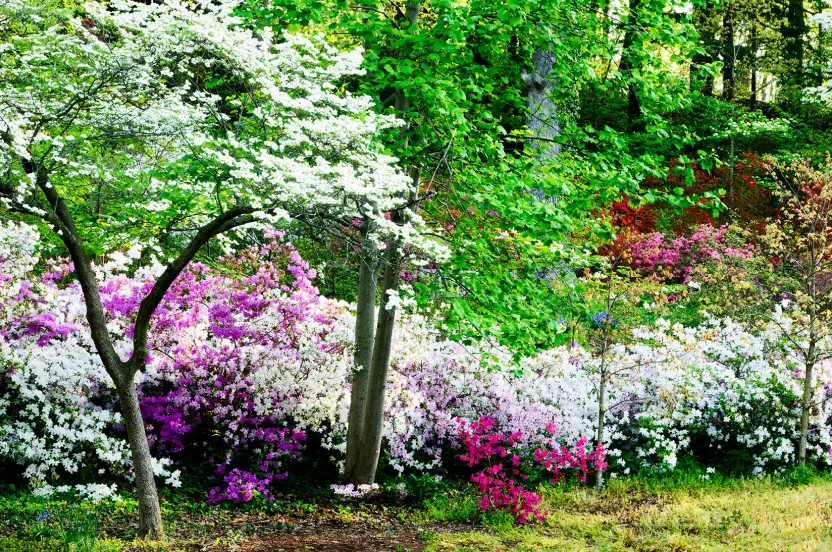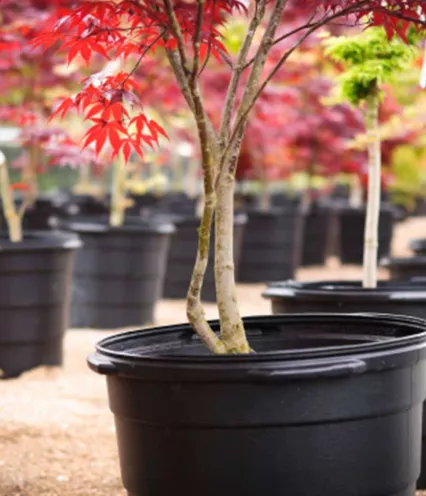Give before midnight on July 31 to double your impact where trees need us most. CHOOSE A PROJECT
Planting Your Tree
Our resources will guide you on how and where to plant your trees, whether it’s in a garden, on an acreage, or in your community. By planting trees, you’re joining a growing network of passionate individuals determined to reshape the future, one tree at a time.
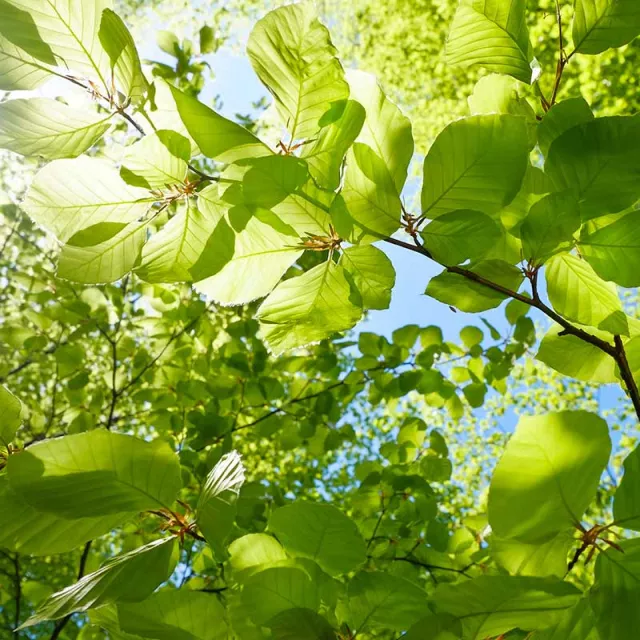
Trees, tools, and a greener planet
When you shop our online tree nursery and store, you’re taking part in something bigger designed to beautify your world and protect the planet.
Take action
A better tomorrow starts today
Trees have the answers. Now they need us. Plant to slow climate change, support wildlife, and give all our neighbors access to green spaces.
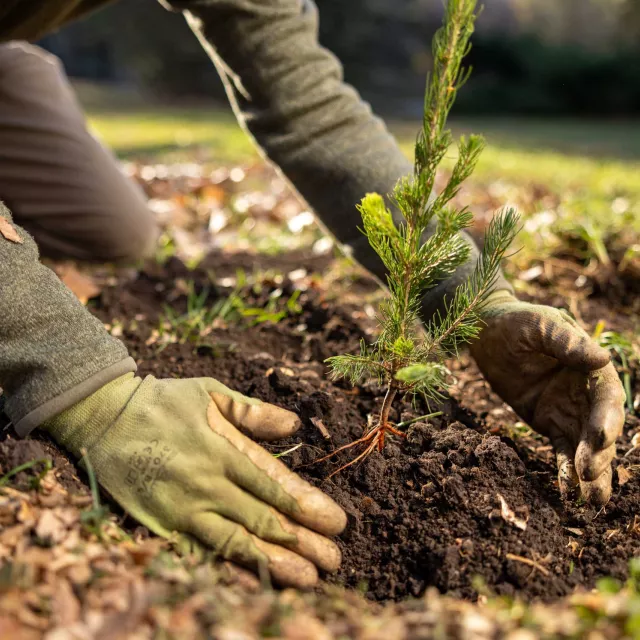
Planting and maintaining trees
A healthy community forest begins with careful planning, so trees are placed in areas that maximize their benefits. The same goes for trees around your home or property. Planting trees in the right spots will keep your home cool in the summer and tame the brutal winter winds, while avoiding powerlines and buildings.
Grow the world you want
We’re calling on those who believe a better future is possible. Who know it starts in the soil. Planting trees is one of the easiest ways to protect every corner of our planet. But it’s going to take all of us to turn intention into action. The moment is now. We are ready. Let’s make our worlds better.
